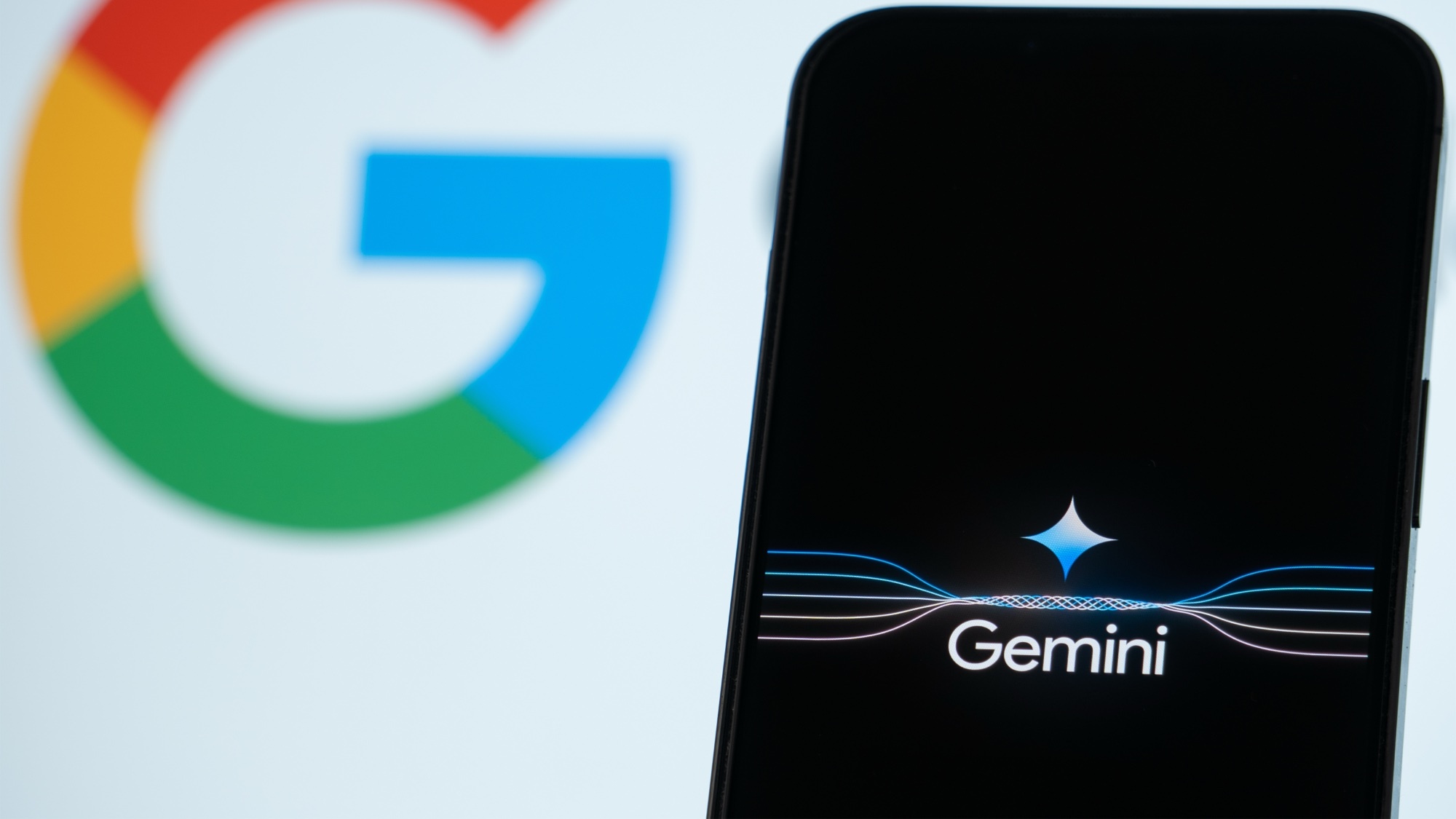Pixel 9 Pro XL Ewan Spence The Android ecosystem reaches around the world, running on countless machines, all with their unique features. How does Google herd all of these partners and point out the direction it would like Android and the smartphone ecosystem to go in 2025? With the upcoming Pixel 10 Pro. The Pixel series followed on from the Google Nexus devices, whose focus was very much on being developer devices, to create a reference Android platform.
The Pixel series still fulfils that function, but the device's additional goal is to build and maintain a retail market for a Google Phone. Sales of the Pixel range have hovered around a share of ten to twelve percent. That stands against a fifty percent share for Apple’s iPhone and twenty-five percent for Samsung’s Galaxy.

You have a wide range of manufacturers underneath the leading three; naturally, these numbers get shuffled depending on the region. Wherever you are, the impact of the Pixel is clear. The choices made by Google in software, hardware, and services set expectations for what a smartphone should be delivering.
The Pixel 10 family will continue that tradition, with consumers and manufacturers waiting to decide if they should follow Google's latest signpost. The most significant influence on the Android ecosystem is Android itself. It may be an open-source project , but the lion's share of commits and vision comes from Google.
Manufacturers are free to use code from the Android Open Source Project (such as the e/OS/ powered Murena tablets and smartphones), but consumers expect to see base apps such as the Google App Store, Gmail, YouTube, Chrome, and more. That means partnering with Google to gain access to those services. Manufacturers still tailor Android to their needs, but at the base, the additions by Google to AOSP set the tone.
The smartphone's move to artificial intelligence in general and generative AI in particular has seen a rush of new software, tools, and practices offered to consumers. Google opened up this era of smartphones with Gemini AI taking up much of the time of the Pixel 8 launch event. This introduced features such as Magic Editor, Best Take and Magic Eraser.
With these, the mobile AI revolution was not only underway but also clearly defined. Subsequent launches by Google's manufacturing partners complemented this approach. Samsung, in particular, released Galaxy AI with exclusive features provided by Google, including Circle to Search.
Pixel was at the head of the AI charge, but the rest of the Android army joined in the charge over the next year. It's also worth noting that Apple's approach to AI would not be presented for another eight months and would not reach the iPhone for eleven months after the launch of the Pixel 8 devices. When Apple Intelligence did launch, CEO Tim Cook and his team echoed Google's approach to AI.
The paradigm that the Pixel introduced was now all-pervasive. Next month's Google I/O Developer conference will reinforce the approach to AI, and the Pixel 10 family will be the first to bring that to the public. The Pixel platform is the only one that uses Google's Tensor Mobile chipset at the core of the hardware.
Instead or focusing on outright power. Tensor is built around the idea of smoother user experiences. Part of that is increasing the utility of AI routines, something that is achieved by the latest Tensor chipsets offering hardware tailored explicitly to processing AI demands, making them fast, more efficient and as invisible as possible to consumers.
That approach has been followed by major chip manufacturers, including Samsung Foundry, MediaTek, and Qualcomm—for example, the launch of the latest Qualcomm 8 Gen 3 highlighted Qualcomm's investment in client-side processing for AI to consumer devices. Part of Google's decision to design the Tensor Mobile chipsets was to set back from ultimate power and focus on practical power. The support of Google's AI software and the new code contributed to Android feeds into the design process, and echoes of these decisions can be seen in the latest hardware from competing chipset manufacturers.
The Pixel series of smartphones has to balance some unique demands; Google needs to balance selling its own phone while allowing its partners to find their success, it needs to direct the ecosystem while enabling manufacturers to keep designing unique experiences, and it needs to maintain the base code to offer a stable platform with disparate options. It's a mix that has worked well over the life of the Pixel, and the upcoming Pixel 10 and Pixel 10 Pro phones will carry on that approach. Now read more about the upgrades coming to the Pixel 10 Pro later this year.
...
Technology

Why The Pixel 10 Pro Is Your Blueprint For The Future

If you want to look into the future of Android, look no further than the Pixel 10 Pro. It’s going to follow the long tradition of Pixel phones defining the future of the platform.















